
Starting June 1st, 2023 Our warehouse fee will be $0.65/cubic foot per month
In effort to lower the warehouse storage fee during inflation, we have went narrow aisle racking.This construction took us four months but the project is finally completed. With narrow aisle racking, we are able to drop storage by 24%.We as partners will go through this inflation together.
08/29/2024
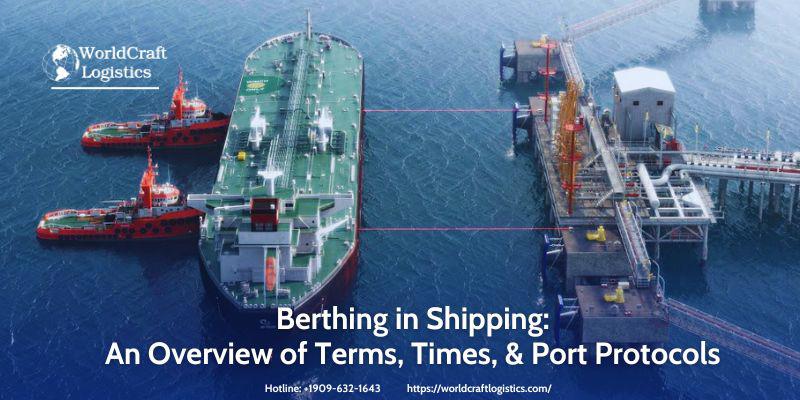
What is Berthing in Shipping? When a cargo ship arrives at a port, it can't immediately begin unloading. First, it must secure a designated spot known as a berth.
Berthing involves carefully guiding the vessel into its assigned location alongside a pier, quay, or dock, enabling cargo operations to proceed. This step is vital for the seamless transition of goods and demands precise coordination between the ship's crew, port authorities, and terminal operators. Understanding the concept of berthing is essential to ensure the smooth movement of freight upon its arrival at the port.
Imagine it as maneuvering a massive ship into a confined space without disturbing nearby vessels or damaging the port's infrastructure. This process requires not only skill and communication but also precise timing.
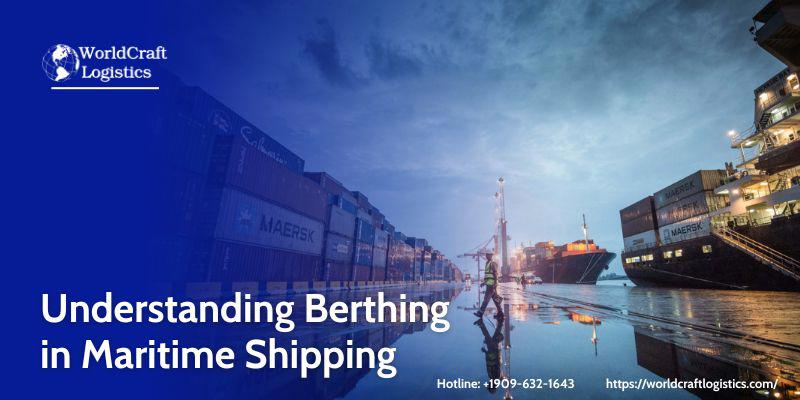
A shipping berth plays a crucial role in maritime operations by offering the following functions:
👉 Efficient Cargo Handling: A shipping berth provides a designated space for the loading and unloading of cargo, ensuring seamless transfer between vessels and port facilities.
👉 Secure Docking and Mooring: It allows ships to be securely docked and moored, maintaining stability and preventing movement during cargo operations.
👉 Facilitation of Ship Maintenance: The berth supports routine maintenance and inspections of vessels, including necessary repairs and cleaning, while they are docked.
👉 Passenger Management: For cruise ships and ferries, a berth facilitates passenger operations, including safe embarkation and disembarkation processes.
👉 Customs and Documentation Processing: The berth serves as a crucial point for customs inspections and processing of documentation, ensuring adherence to regulations.
👉 Temporary Cargo Storage: It offers temporary storage for cargo before it is transported to its final destination, aiding in the management of port logistics and inventory.
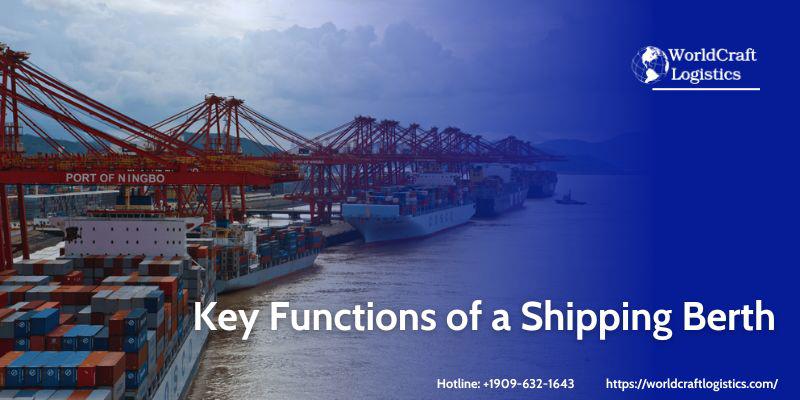
Read more:
👉 What is Port Congestion? How to Solve this "Crisis"
👉 What is a Hub Port? The benefit and role of Hub Port in shipping
👉 Demurrage and Detention: Understanding the Critical Differences
A typical shipping berth is equipped with several key components to ensure efficient and safe docking operations:
Mooring Points: These are secure fixtures, such as bollards, that allow ships to be safely anchored using mooring lines.
Fenders: These protective pads are strategically placed along the berth to safeguard both the ship and the dock from damage during docking.
Loading and Unloading Equipment: This includes various machinery like cranes, conveyor belts, and pipelines, all designed to facilitate the transfer of cargo between the vessel and port facilities.
Storage Areas: These are nearby zones designated for the temporary storage of cargo, either awaiting loading onto the ship or having just been unloaded.
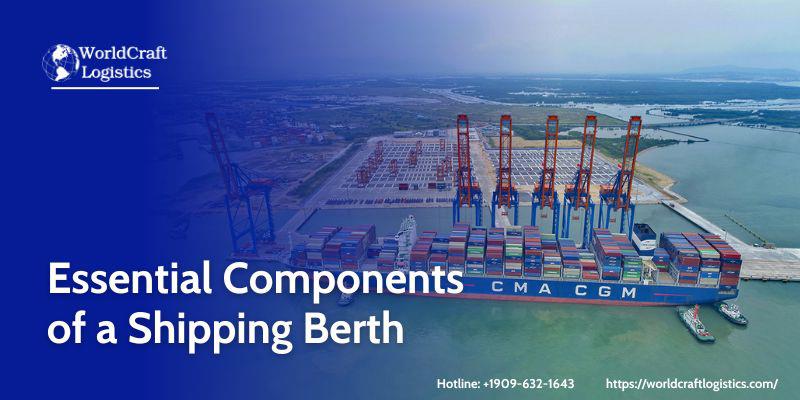
Designing and constructing shipping berths at ports and terminals is a complex process that ensures functionality, safety, and efficiency. The design begins with understanding the type of cargo and vessels the berth will handle, which dictates the necessary infrastructure and equipment. For instance, container berths need heavy-duty cranes, while bulk cargo berths are equipped with conveyor systems and storage facilities.
Port location and environmental conditions, such as water depth, tidal range, and weather, play a crucial role in shaping the berth design to ensure safe docking. The structural integrity of the berth is paramount, requiring the use of durable materials and advanced engineering to withstand constant use and environmental stresses. Safety features are meticulously integrated to prevent accidents and damage during operations.
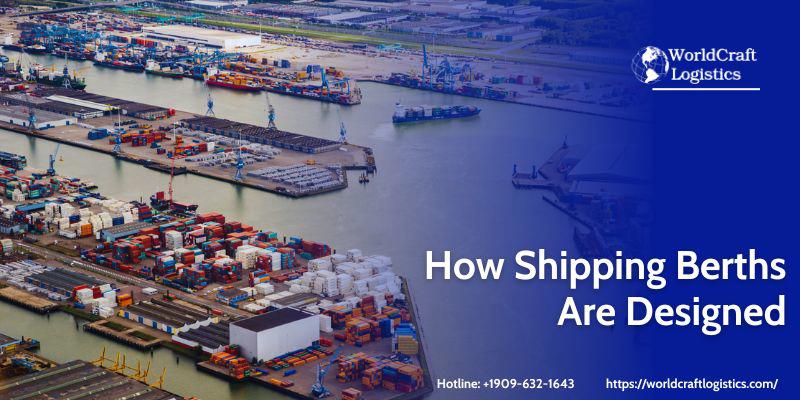
Moreover, efficient cargo and vehicle flow is vital, demanding a design that minimizes bottlenecks and maximizes operational smoothness. Environmental impact is another significant consideration, leading to designs that include pollution mitigation and marine ecosystem protection measures. Additionally, technological innovations, including automation and digital monitoring systems, are increasingly being incorporated to boost operational efficiency and safety. In sum, the design of shipping berths is a holistic process that balances functionality, safety, efficiency, and environmental responsibility.
Shipping berths are categorized based on the type of cargo they handle, each equipped with specialized facilities. Here’s an overview of the main types:
Container Berth: Designed for containers, these berths use gantry cranes, straddle carriers, and reach stackers. Examples include the Port of Shanghai and the Port of Singapore.
Bulk Cargo Berth: Suited for bulk commodities like grain, coal, iron, and ore, these berths utilize conveyor belts, bucket elevators, and unloaders. Notable examples are the Port of Newcastle and the Port of Rotterdam.
Liquid Cargo Berth: Used for liquid cargo such as crude oil, chemicals, and LNG, these berths are equipped with pipelines, loading arms, and storage tanks. Examples include the Port of Houston and the Port of Fujairah.
Roll-on/Roll-off (RO-RO) Berth: Designed for vehicles like cars, trucks, and trailers, these berths feature ramps and vehicle lifts. Ports like Zeebrugge and Gothenburg use this type of berth.
Passenger Berth: Tailored for passenger ships, these berths are equipped with passenger gangways and boarding bridges. Key locations include the Port of Miami and the Port of Barcelona.
Additionally, multi-purpose berths are versatile and can accommodate various types of cargo, offering flexibility in port operations.
Several key elements can affect the time required for ship berthing:
Vessel Size | Larger vessels generally need more time for proper docking and maneuvering due to their size. |
Port Congestion | High traffic at the port can cause delays in obtaining a berthing slot, impacting overall scheduling. |
Weather Conditions | Poor weather can disrupt docking procedures and prolong the time needed for safe berthing. |
Operational Efficiency | The efficiency of port operations, including equipment and crew readiness, plays a crucial role in the speed of the berthing process. |
Tides and Currents | The efficiency of port operations, including equipment and crew readiness, plays a crucial role in the speed of the berthing process. |
Proper coordination and planning are vital to managing these factors and ensuring efficient berthing operations.
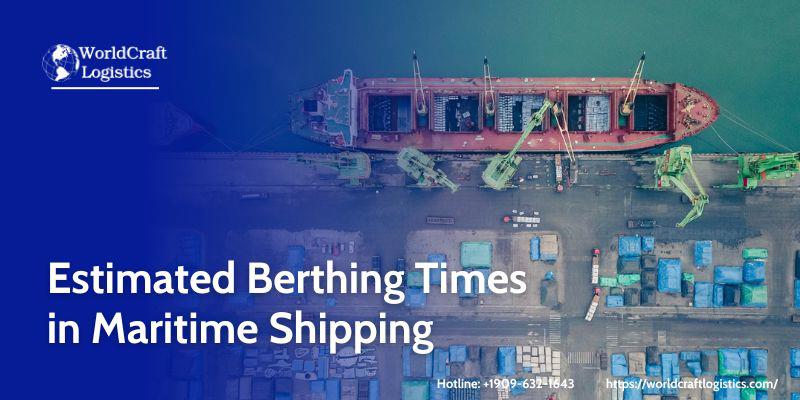
The time required for a ship to complete berthing after arriving at a port typically ranges from 2 to 24 hours. However, this timeframe can vary widely based on several factors.
For instance, berthing a large vessel at a bustling port like the Port of Los Angeles may take much longer compared to docking a smaller freighter at a less busy regional port. Factors such as the ship's size, cargo, and port conditions play a crucial role in determining the exact berthing time.
The speed of the berthing process is influenced by the readiness and availability of port equipment and personnel. The efficient operation of these resources can significantly impact how quickly a ship is secured at its berth.
Strong tides and currents can complicate the docking process, potentially extending the time needed for safe berthing. Effective planning and coordination are essential to address these challenges and ensure timely vessel placement.
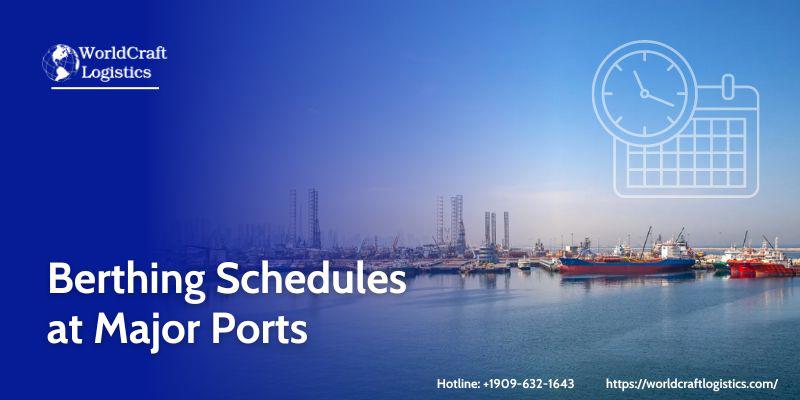
Port-to-port variations in berthing frequency are attributed to factors such as capacity, efficiency, and demand. A few prominent ports' normal port berthing timetables are shown here:
Port of Long Beach: Berthing schedules at the Port of Long Beach are influenced by vessel size, cargo type, and port traffic. Typically, large vessels and high-priority cargo might experience longer wait times due to high traffic and complex logistics. Efficient scheduling and coordination are essential to ensure timely docking and smooth operations.
Port of Shanghai: The Port of Shanghai is one of the busiest ports in the world, handling more than 40 million TEUs a year. It is a thriving hub. Its vast infrastructure allows it to receive and handle a huge number of vessels each day, which guarantees effective cargo distribution and management. One vessel is thought to berth at the port every two to four hours, on average.
Port of Antwerp Port: Berthing schedules at the Port of Antwerp are managed with precision to accommodate a variety of vessels. The port operates a detailed timetable, taking into account vessel size, cargo type, and port traffic. Scheduling is optimized to ensure efficient turnaround times and minimize delays, with provisions for both large container ships and smaller vessels. For the most accurate and up-to-date berthing information, it is advisable to consult the Port of Antwerp's official scheduling system or contact port authorities directly.
SEO
Digital Marketing/SEO Specialist
Simon Mang is an SEO and Digital Marketing expert at Wordcraft Logistics. With many years of experience in the field of digital marketing, he has shaped and built strategies to effectively promote Wordcraft Logistics' online presence. With a deep understanding of the logistics industry, I have shared more than 500 specialized articles on many different topics.

Education
01/05/2025

Education
02/18/2025

Education
01/01/2024

Education
08/28/2024
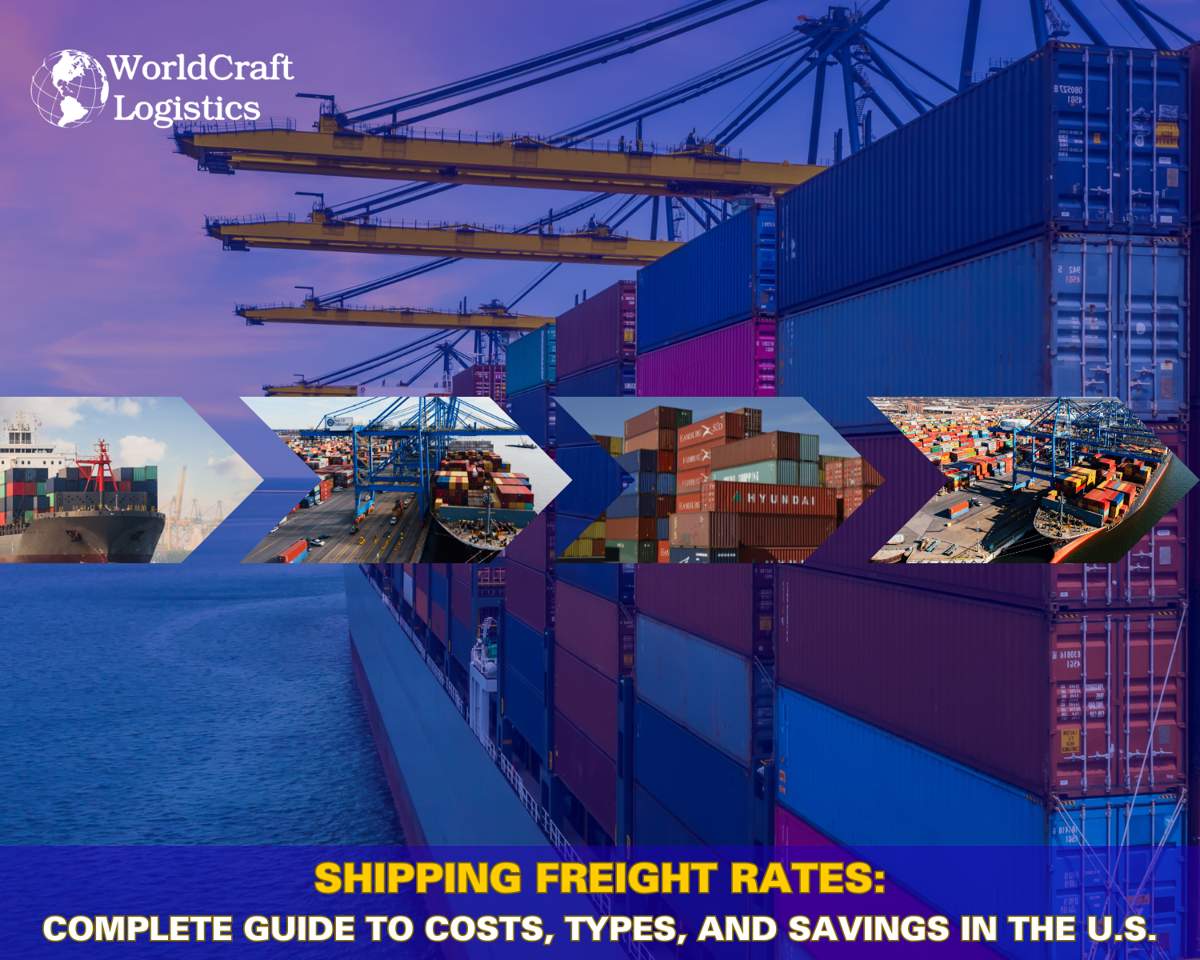
Education
09/09/2025